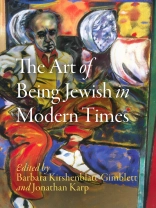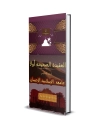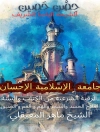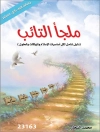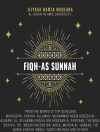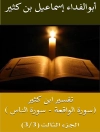The wide-ranging portrayal of modern Jewishness in artistic terms invites scrutiny into the relationship between creativity and the formation of Jewish identity and into the complex issue of what makes a work of art uniquely Jewish. Whether it is the provenance of the artist, as in the case of popular Israeli singer Zehava Ben, the intention of the iconography, as in Ben Shahn’s antifascist paintings, or the utopian ideals of the Jewish Palestine Pavilion at the 1939 New York World’s Fair, clearly no single formula for defining Jewish art in the diaspora will suffice.
The Art of Being Jewish in Modern Times is the first work to analyze modern Jewry’s engagement with the arts as a whole, including music, theater, dance, film, museums, architecture, painting, sculpture, and more. Working with a broad conception of what counts as art, the book asks the following questions: What roles have commerce and politics played in shaping Jewish artistic agendas? Who determines the Jewishness of art and for what purposes? What role has aesthetics played in reshaping religious traditions and rituals?
This richly illustrated volume illuminates how the arts have helped Jews confront the various challenges of modernity, including cultural adaptation and self-preservation, economic diversification, and ritual transformation. There truly is an art to being Jewish in the modern world—or, alternatively, an art to being modern in the Jewish world—and this collection fully captures its range, diversity, and historical significance.
Table des matières
List of Illustrations
Preface
—David Ruderman
Introduction
—Barbara Kirshenblatt-Gimblett and Jonathan Karp
I. CULTURE, COMMERCE, AND CLASS
1. Theater as Educational Institution: Jewish Immigrant Intellectuals and Yiddish Theater Reform
—Nina Warnke
2. Film and Vaudeville on New York’s Lower East Side
—Judith Thissen
3. Of Maestros and Minstrels: American Jewish Composers between Black Vernacular and European Art Music
—Jonathan Karp
II. SITING THE JEWISH TOMORROW
4. May Day, Tractors, and Piglets: Yiddish Songs for Little Communists
—Anna Shternshis
5. Performing the State: The Jewish Palestine Pavilion at the New York World’s Fair, 1939/40
—Barbara Kirshenblatt-Gimblett
6. Was There Anything Particularly Jewish about ‘The First Hebrew City’?
—Anat Helman
7. Re-Routing Roots: Zehava Ben’s Journey between Shuk and Suk
—Amy Horowitz
III. LOST IN PLACE
8. The ‘Wandering Jew’ from Medieval Legend to Modern Metaphor
—Richard I. Cohen
9. Diasporic Values in Contemporary Art: Kitaj, Katchor, Frenkel
—Carol Zemel
IV. PORTRAITS OF THE ARTIST AS JEW
10. Modern? American? Jew? Museums and Exhibitions of Ben Shahn’s Late Paintings
—Diana L. Linden
11. Max Liebermann and the Amsterdam Jewish Quarter
—Walter Cahn
12. Rome and Jerusalem: The Figure of Jesus in the Creation of Mark Antokol’skii
—Olga Litvak
V. IN SEARCH OF A USABLE AESTHETIC
13. A Modern Mitzvah-Space-Aesthetic: The Philosophy of Franz Rosenzweig
—Zachary Braiterman
14. Reestablishing a ‘Jewish Spirit’ in American Synagogue Music: The Music of A. W. Binder
—Mark Kligman
15. The Evolution of Philadelphia’s Russian Sher Medley
—Hankus Netsky
VI. HOTEL TERMINUS
16. Framing Nazi Art Loot
—Charles Dellheim
17. Joseph Lewitan and the Nazification of Dance in Germany
—Marion Kant
18. History, Memory, and Moral Judgment in Documentary Film: On Marcel Ophuls’s Hotel Terminus: The Life and Times of Klaus Barbie
—Susan Rubin Suleiman
Notes
Notes on Contributors
Acknowledgments
A propos de l’auteur
Barbara Kirshenblatt-Gimblett is University Professor and Professor of Performance Studies at the Tisch School of the Arts, New York University. Her books include Destination Culture: Tourism, Museums, and Heritage, Image Before My Eyes: A Photographic History of Jewish Life in Poland, 1864-1939 (with Lucjan Dobroszycki), and They Called Me Mayer July: Painted Memories of a Jewish Childhood in Poland Before the Holocaust (with Mayer Kirshenblatt). Jonathan Karp is Associate Professor of Judaic Studies and History at Binghamton University, SUNY, and author of The Politics of Jewish Commerce: Economic Thought and Emancipation in Europe, 1638-1848.
